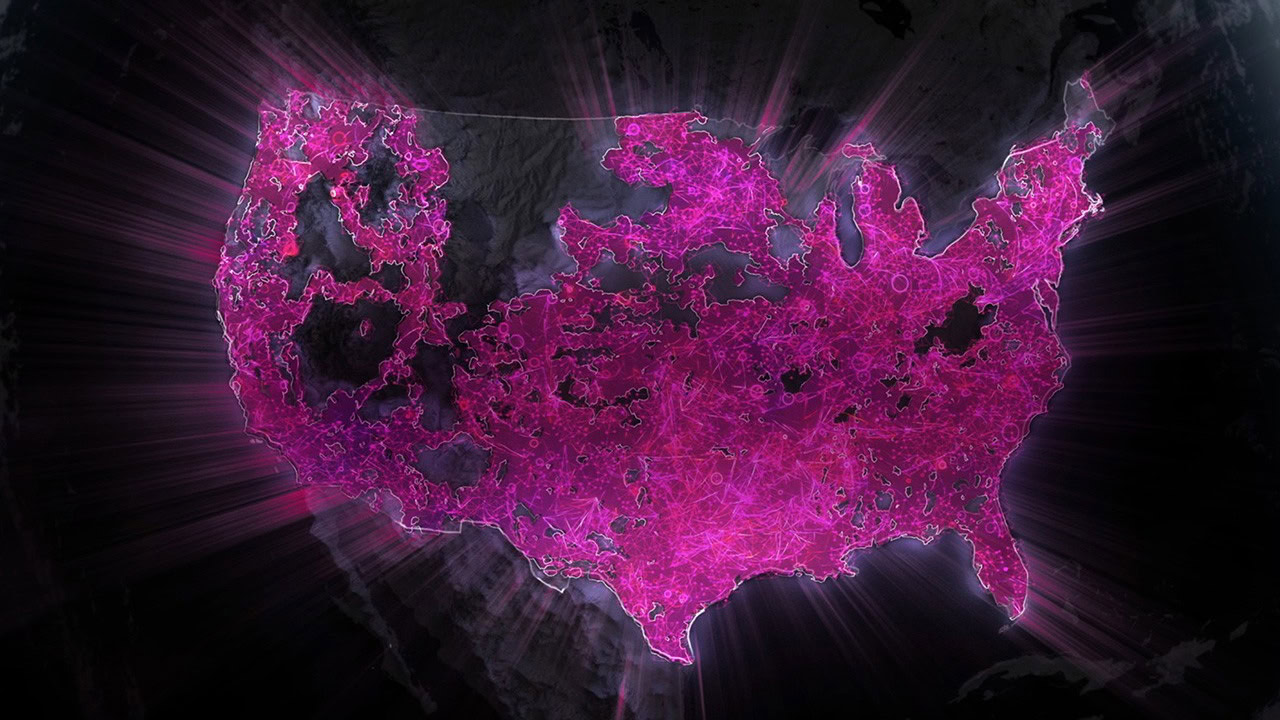FCC votes to update the Wireless Emergency Alert system for higher accuracy
- The FCC’s new rules would make the Wireless Emergency Alert more accurate and give more granular details.
- The Wireless Emergency Alert has been criticized for being inaccurate and over-alerting.
- Some rules go into effect November 2019, while another goes into effect May 2019.
The alert you see above might have been inaccurate, but it went uncorrected for 38 agonizing minutes and sent Hawaiian residents in a frenzy. It is also an alert the FCC does not want to see again with its rules to improve the Wireless Emergency Alert (WEA) system.
If you own a smartphone in the U.S., you have probably heard that shrieking sound of doom from time to time. That is the WEA system, which pushes mobile alerts from the U.S. president, for events that involve serious or extreme threats to safety of life, and for abducted children.
This is also the same system that has been criticized for being inaccurate, which makes it harder to use during disasters without setting off too much of an alarm. For example, leaders from Harris County, Texas complained that it was difficult to use the WEA system during Hurricane Harvey.
The WEA system has also been criticized for “over-alerting” smartphones owners, pushing them to turn off the alerts altogether. This means they do not receive any WEAs, an issue that cannot be understated during emergencies.
As a result, the FCC voted to enact rules that require AT&T, Verizon, T-Mobile, and Sprint to deliver alerts to citizens in a local government’s target area by November 30, 2019. As Recode reports, they are allowed to overshoot the coverage area, but only by one tenth of a mile.
The rules also dictate that smartphones must offer a way to cache mobile alerts for at least 24 hours after they are sent. Finally, wireless carriers must support Spanish language mobile alerts by May 1, 2019. The FCC voted on this particular rule back in 2016 but extended the original deadline.
AT&T and Verizon are not fans of the deadlines, saying they need more time to comply with the new rules. Republican commissioner Michael O’Rielly also expressed doubts with the timeline. He ultimately voted in favor of the new rules.
There also remains the issue of whether WEAs should include images. The FCC voted to increase the size of mobile alerts to up to 360 characters in 2016. The agency has not decided whether these alerts should include multimedia content.
from Android Authority http://ift.tt/2BHjdxu
via IFTTT


Comments
Post a Comment